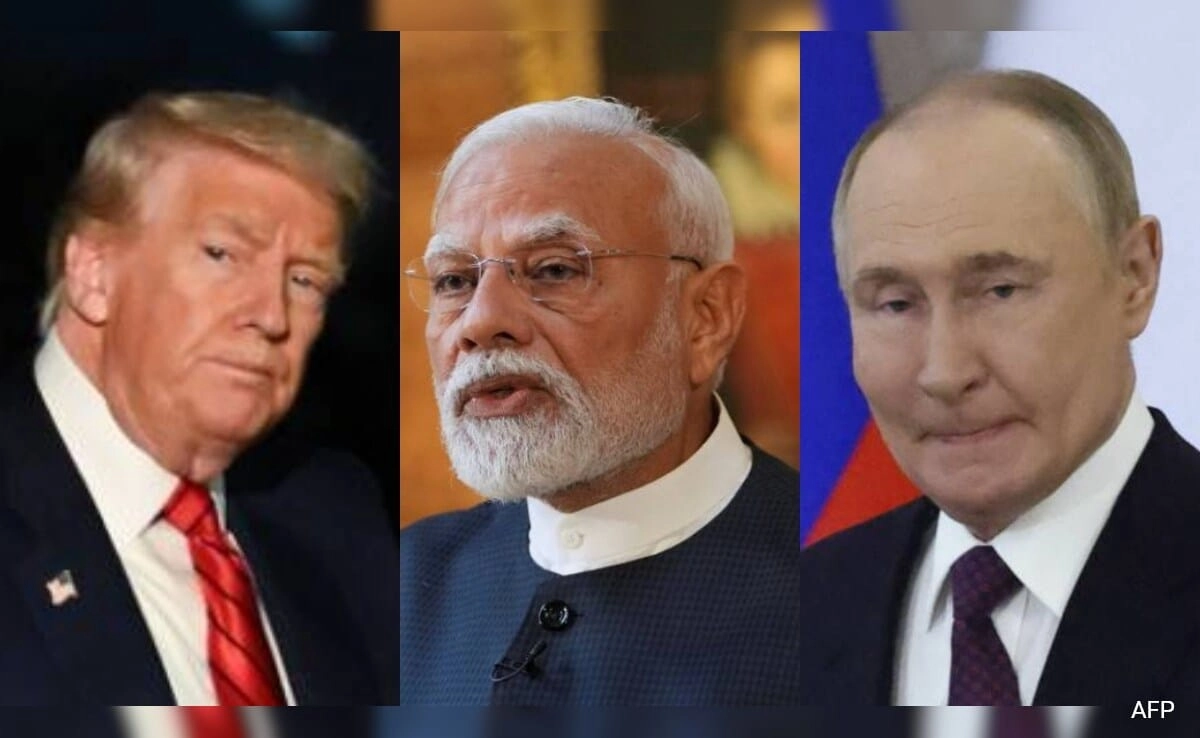A recent incident on the London Tube has sparked a lively debate across social media, highlighting cultural differences and the nuances of public etiquette. The event featured an Indian woman eating rice with her hands, an act that many in her culture consider a traditional and intimate way to enjoy meals. However, this seemingly innocuous act of dining drew mixed reactions from fellow commuters and online users, igniting discussions about cultural practices in public spaces.
On one hand, supporters of the woman defended her actions, emphasizing the importance of cultural expression and the right to enjoy one’s food in a manner that feels authentic. Many pointed out that in Indian culture, eating with hands is not only common but also believed to enhance the sensory experience of food. The act is seen as a way to connect more deeply with the meal and its ingredients, making it a significant aspect of communal dining. On the other hand, critics argued that consuming food in such a manner on public transport could be viewed as inconsiderate, given the confined space and the potential for messiness.
The discussion quickly escalated on platforms like Twitter and Facebook, with users sharing personal anecdotes and opinions on the acceptability of eating in public spaces. Some highlighted the need for cultural sensitivity and the acceptance of diverse practices, encouraging a more inclusive society where various customs are respected. Others contended that public transportation should maintain certain standards of behavior to ensure comfort for all passengers. This incident serves as a reminder of the broader challenges that arise when different cultural norms intersect, prompting society to find a balance between individual expression and collective etiquette.
Ultimately, the debate surrounding this incident sheds light on the ongoing dialogue about multiculturalism in urban settings. It raises important questions about how societies can embrace diversity while maintaining a sense of order and respect in shared spaces. As cities become increasingly multicultural, instances like this highlight the need for understanding and empathy, encouraging individuals to engage in thoughtful discussions rather than polarizing arguments. The incident also invites a deeper exploration of how cultural practices can coexist within the framework of modern urban life, enriching the tapestry of society as a whole.




